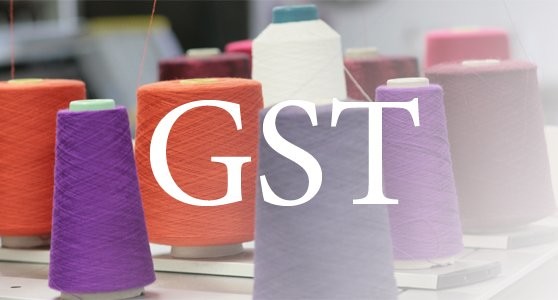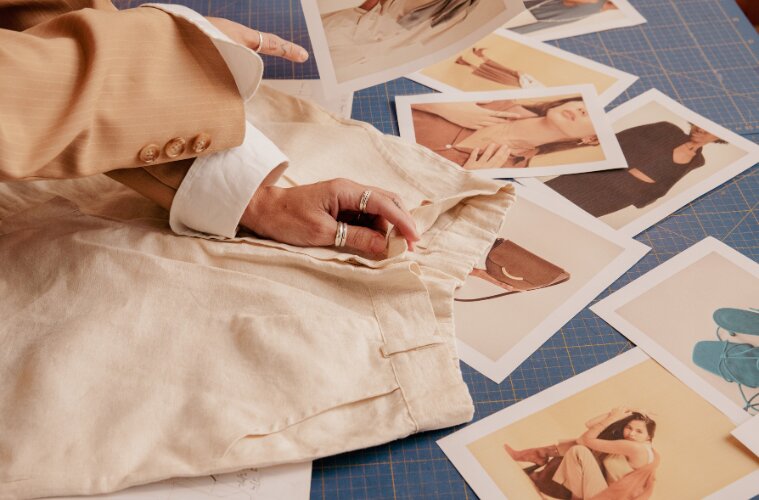
Brand (45)
Anglo-Irish chain owned by Associated British Foods, Primark’s sales are up 11 per cent compared to last year on a currency-neutral basis and 21 per cent ahead on a reported basis. Much of the rise was due to new selling space as Primark continued to open new stores in its domestic markets and abroad. The company’s average retail selling space was up about 12 per cent in the first half.
UK comparable sales rose two per cent and the market share increased. This is a relatively strong result given the challenging market conditions in Britain over the past six months. Looking beyond the UK, overall comparable sales for Primark were flat, dragged down by the Netherlands where a rapid rise in selling space appears to have led to some cannibalisation of sales from existing stores. With the Netherlands taken out, group comparative sales rose one per cent.
Primark’s six-store business in the US is continuing to develop. Markdowns were in line with the first half last year. Yet it expects operating profit margin in the first half to decline. Primark will continue to drive sales growth through new stores. It added 16 new stores in the period, including several UK locations plus Ireland, Germany, France, the Netherlands and the US.
Germany’s functional textile company Sympatex Technologies has joined the Sustainable Apparel Coalition (SAC). SAC has more than 150 global brands, retailers and manufacturers as its members, among them adidas, C&A, Gap, H&M, Nike, Puma, Target and VF Corporation.
Sympatex will use the SAC's sustainability measurement tool, the Higg Index, to drive environmental responsibility across its supply chain. The Higg index is an open source, indicator-based tool that allows suppliers, manufacturers, brands and retailers to evaluate materials, products, facilities and processes based on environmental and product design choices.
The Sympatex membrane production method uses a material made from polyether and polyester, involving no use of polytetrafluoroethylene or fluorocarbons that are often found in textile membrane materials, while the un-dyed membrane is bluesign certified as 100 per cent recyclable post-consumer.
The Sustainable Apparel Coalition is a trade organization comprising brands, retailers, manufacturers, government, and non-governmental organizations and academic experts, representing more than a third of the global apparel and footwear market. The coalition is working to reduce the environmental and social impact of apparel and footwear products around the world.
The Higg index is a suite of assessment tools that standardizes the measurement of the environmental and social impact of apparel and footwear products across the product lifecycle and throughout the value chain.
www.apparelcoalition.org/
Swedish fashion retailer Hennes & Mauritz from now on source fabrics only from mills it has inspected in Bangladesh. This is part of a program to improve working conditions in plants in the country.
H &M, which ranks second globally by sales to Spain’s Inditex, has extended its inspections from factories making its clothes to those supplying fabric and yarn. Its purchasing policies would benefit those sub-suppliers who measure up to its code of conduct. It will place more orders and book more material with those that take responsibility.
The program is about having a safe work environment and ensuring human rights with regards to remuneration and overtime and ensuring that there is no child labor. It is seen as a business tool to drive positive development and one that will make a difference for workers. The proportion of retailer’s clothes being made from fabric made by audited mills would rise to 50 per cent this year from 35 per cent last year. Unlike direct suppliers in the garment industry, most mills have never been exposed to demands or compliance standards from brands.
Poor working conditions in the textile industry were thrust into the limelight by the collapse in 2013 of the Rana Plaza garment factory in Bangladesh in which more than 1,100 workers were killed.
- 1
- 2
- 3
- 4
- 5
- 6
- 7
- 8
- 9
- 10
Fashion's New Fit: Tailoring and alteration services stitch a story of growth
From the runways of Paris to the digital storefronts of global e-commerce, the fashion industry is changing. As consumers increasingly... Read more
Luxury brands swap leases for deeds as global real estate strategy shifts
Luxury fashion houses are increasingly choosing to buy, not rent, the world’s most coveted retail spaces, marking a sharp shift... Read more
STAR Network joins hands with Fashion Industry Charter for Climate Action to adv…
An inter-regional alliance of garment producer associations, The Sustainable Textiles of the Asian Region (STAR) Network, has reaffirmed its commitment... Read more
More than a lookalike, 'dupe' culture is forcing premium brands to innovate
The $4.5 trillion global luxury market is under siege, not just from the traditional counterfeiters operating in back alleys and... Read more
Recycling at Risk: How virgin polyester growth threatens fashion’s green goals
The global fashion industry is facing a sobering contradiction. Even as some of the world’s largest apparel brands proudly champion... Read more
Beyond the label, RepRisk flags human rights and environmental hazards in fashio…
The global apparel and textile industry, long celebrated for its role in democratizing fashion and creating jobs across continents, is... Read more
Made abroad, worn at home imports are replacing US garment production
The story of America’s clothing industry is one of contrast: booming demand from consumers but shrinking capacity at home to... Read more
Uniform GST rate ends duty anomalies, brings relief to textile manufacturers
When Finance Minister Nirmala Sitharaman rose to chair the latest GST Council meeting, few expected the sweeping changes that would... Read more
Renewables, recycling, and resilience, fashion’s blueprint for Net Zero
The mid-2025 stage is important. As the world inches toward 2030, the fashion industry finds itself at a crossroads between... Read more
Global apparel trade and retail show mixed but resilient outlook in August 2025
The global apparel trade is showing a patchwork of resilience and volatility as the latest data from the Wazir Advisor’s... Read more











